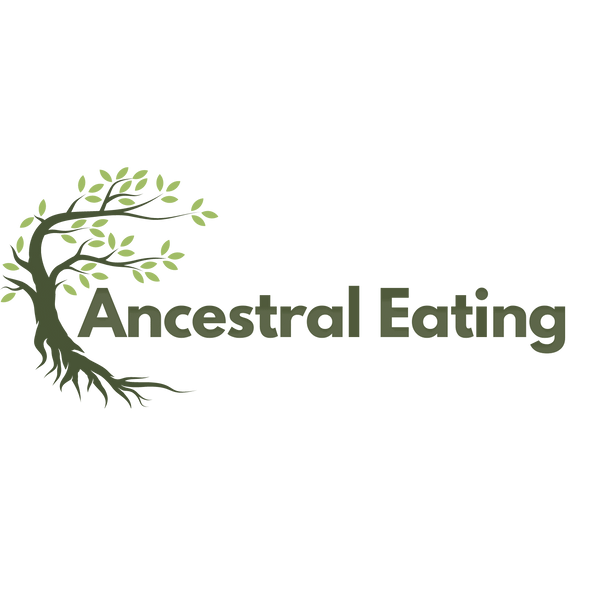Kazakhstan, the world's largest landlocked country, is situated in Central Asia, with Russia to the north and China to the east. Historically, its vast grasslands were home to nomadic tribes, and this nomadic lifestyle has heavily influenced its culinary traditions. Over the past 500 years, the foods consumed by the people of Kazakhstan have been shaped by nomadic practices, livestock farming, and the various cultures and civilizations they've interacted with.
-
Meat: Due to the nomadic culture, meat, especially from livestock such as sheep, goats, cattle, and horses, has been central to the Kazakh diet.
- Beshbarmak: Often considered Kazakhstan's national dish, it's made of boiled meat (often lamb or horse) served over pasta sheets, usually accompanied by a meat broth.
- Kuyrdak: A dish made from the liver, kidneys, heart, and other organs of sheep.
- Horse Meat: Horse meat is particularly valued, with dishes like zhaya (made from the hind leg) and sudzhuk (horse meat sausages).
-
Dairy Products: With a reliance on livestock, various dairy products have been staples.
- Kumis: A fermented drink made from mare's milk.
- Shubat: Fermented camel's milk.
- Kurt: Salted cheese balls dried in the sun.
-
Grains and Cereals:
- Baursaks: Deep-fried dough balls or chunks.
- Kasha: Porridge, often made from millet.
-
Vegetables: Due to the nomadic lifestyle, historically, there was a limited consumption of vegetables. However, those that could be grown in the region, like potatoes, carrots, and onions, became more integral with settled agriculture.
-
Tea: Consumed frequently, often accompanied by milk, salt, or even fat.
-
Preservation: Given the challenges of preserving food in a nomadic culture:
- Qazy and Qarta: Traditional Kazakh sausages made from horse meat, which are hung to dry and can be stored for a long time.
- Preserved Dairy: Products like kurt can be kept for extended periods without spoiling.
-
Influences from Neighboring Cultures:
- Due to trade, migration, and conquest, Kazakh cuisine has influences from Turkic cultures, Mongols, Uighurs, Russians, and more.
- Russian influence, particularly in the past century, brought foods like pelmeni (dumplings) and borshch (beet soup).
-
Modern Influences:
- In urban centers and among younger generations, foods from around the world, including Western fast food, have become more common.
-
Festive and Ritual Foods: Certain dishes and foods are especially associated with celebrations, rituals, and hospitality.
- When hosting guests, it's a tradition to serve a whole sheep, starting with offering the most honored guest pieces like the sheep's head.
Kazakh cuisine, while maintaining its core identity rooted in the nomadic way of life, has evolved and adapted over the centuries, incorporating elements from the various cultures it has come in contact with. The significance of hospitality and communal eating is a cornerstone of the culture.






